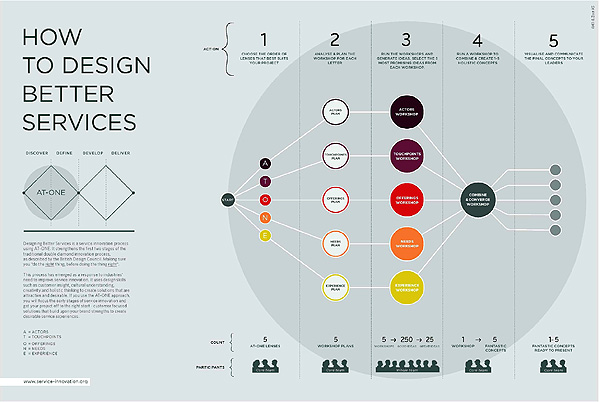The Strategic Use of Service Design for Leaders in Service Organizations
DOI:
https://doi.org/10.7577/formakademisk.198Keywords:
Service Design, Design Management, Service Innovation, Service Design LeadershipAbstract
There is a growing interest among scholars, practitioners and organizations as to how design may benefit management, particularly when this happens in a service context. In this exploratory qualitative study, I investigate such a multi-disciplinary intersection with the aim of better understanding how service design may be of value for leaders in service organizations on a strategic level. The research draws on a service design approach called AT-ONE. Addressed are ways that the strategic use of service design may influence attitudes and transformation in service organizations. The study presents views from the designers, implementers and users of this approach, supported by participant observation and interviews. This was done through in-depth qualitative interviews with the AT-ONE project members and designer, with the service design professional company involved, and leaders from the businesses participating in the project and workshop sessions. These were observed by the researcher. Drawing on the findings of this exploratory study, some implications for the field of service design management at the corporate level are offered.

Downloads
Published
How to Cite
Issue
Section
License
Authors who publish with this journal agree to the following terms:
- Authors retain copyright and grant the journal right of first publication with the work simultaneously licensed under a Creative Commons Attribution 4.0 License that allows others to share the work with an acknowledgement of the work's authorship and initial publication in this journal.
- Authors are able to enter into separate, additional contractual arrangements for the non-exclusive distribution of the journal's published version of the work (e.g., post it to an institutional repository or publish it in a book), with an acknowledgement of its initial publication in this journal.
- Authors are permitted and encouraged to post their work online (e.g., in institutional repositories or on their website) prior to and during the submission process, as it can lead to productive exchanges, as well as earlier and greater citation of published work (See The Effect of Open Access).
- The author(s) must manage their economic reproduction rights to any third party.
- The journal makes no financial or other compensation for submissions, unless a separate agreement regarding this matter has been made with the author(s).
- The journal is obliged to archive the manuscript (including metadata) in its originally published digital form for at least a suitable amount of time in which the manuscript can be accessed via a long-term archive for digital material, such as in the Norwegian universities’ institutional archives within the framework of the NORA partnership.
The material will be published OpenAccess with a Creative Commons 4.0 License which allows anyone to read, share and adapt the content, even commercially under the licence terms:
This work needs to be appropriately attributed/credited, a link must be provided to the CC-BY 4.0 licence, and changes made need to be indicated in a reasonable manner, but not in any way that suggests that the licensor endorses you or your use.



